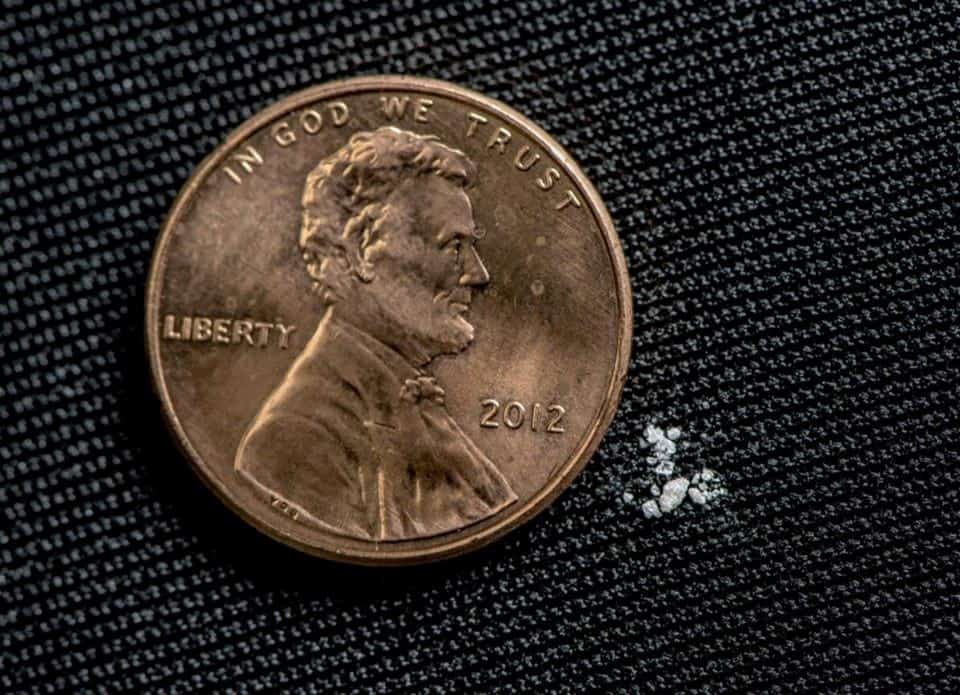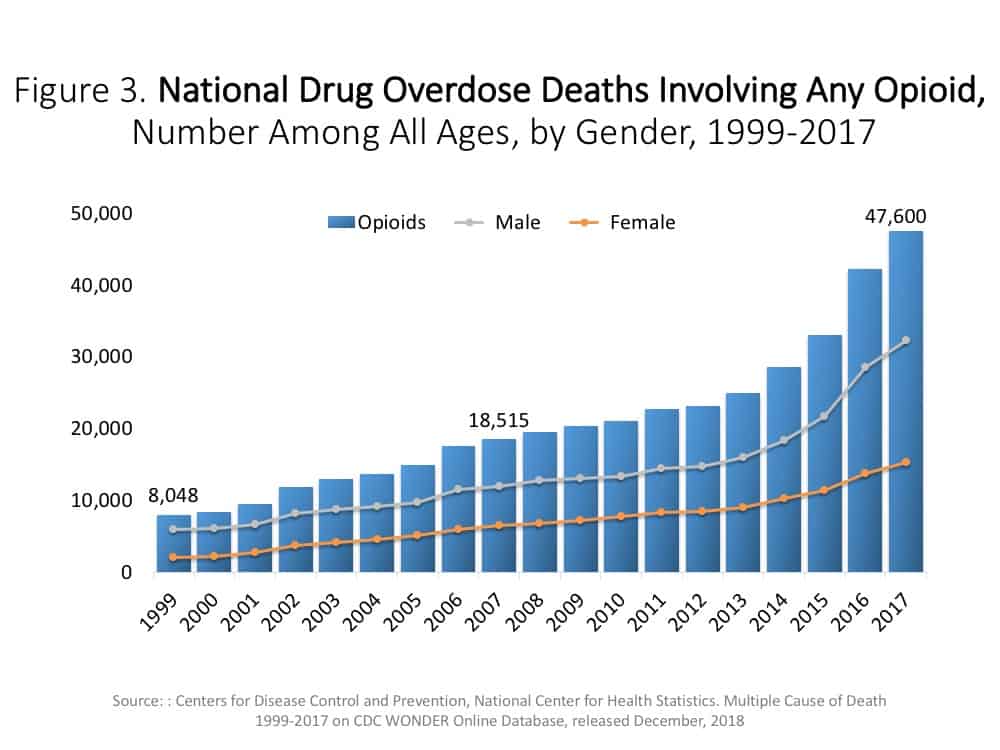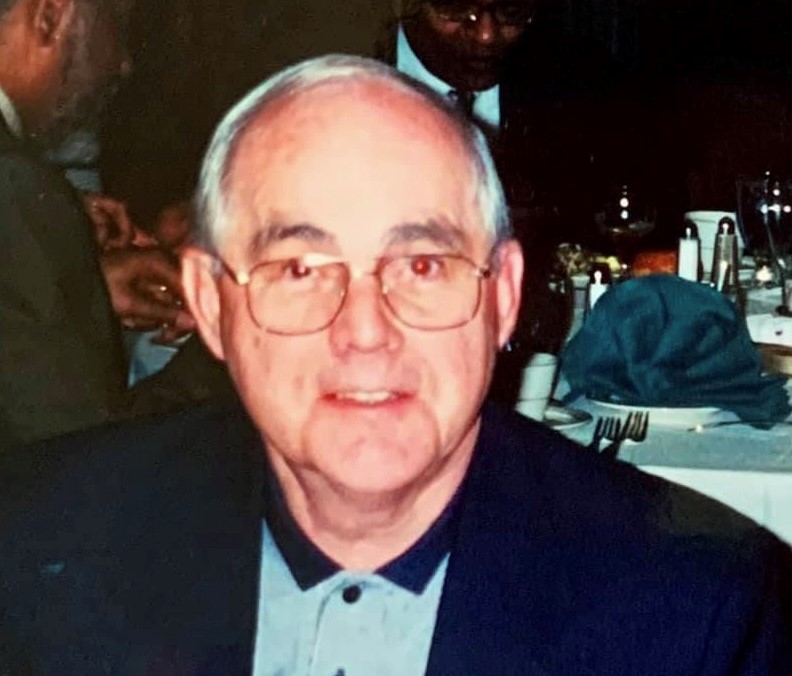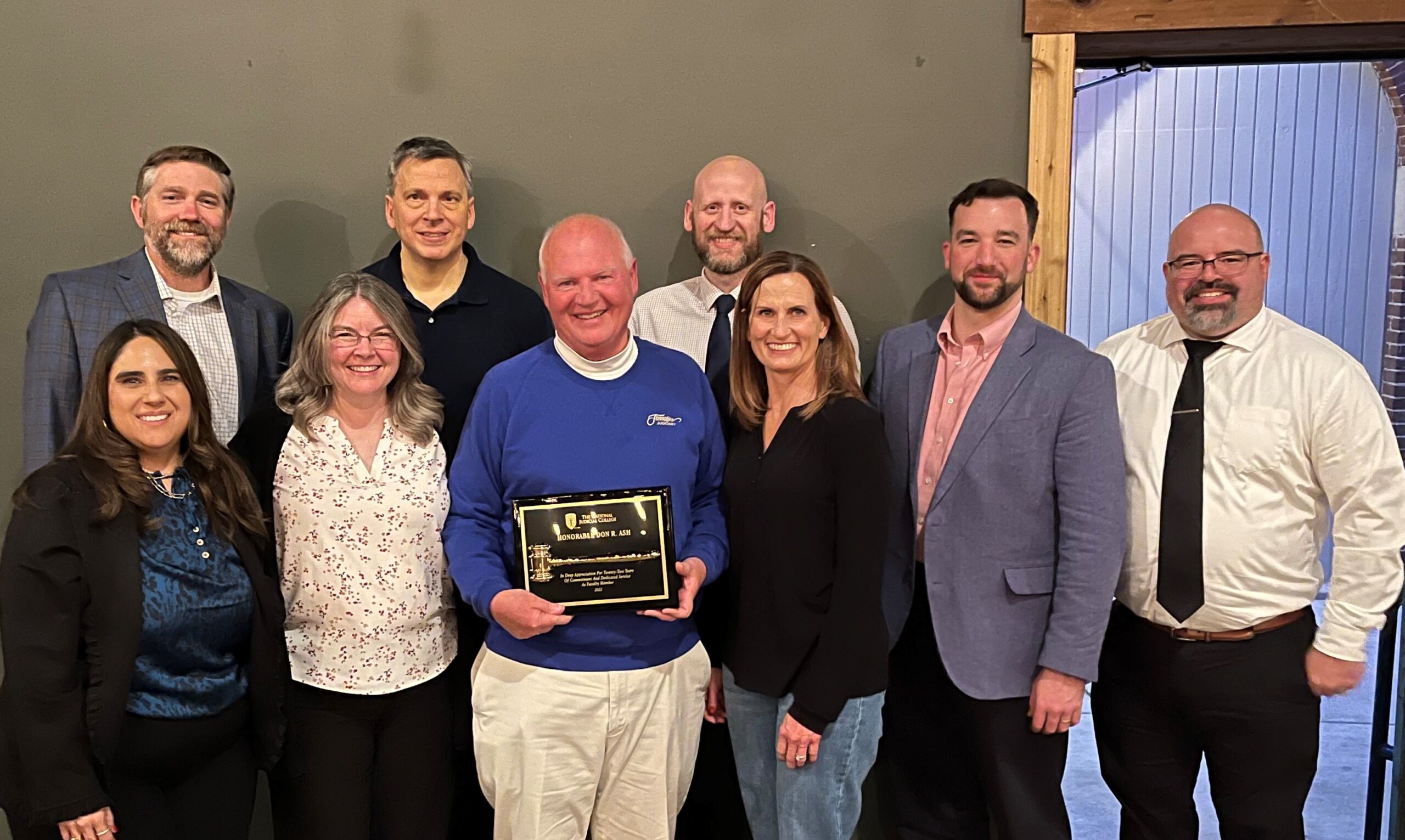
By Kenneth D. Robinson
1. Marijuana has changed
The marijuana your friends may have smoked in the 1970s bears little resemblance to the marijuana consumed today. The concentration of the psychoactive ingredient — THC — has increased almost six-fold.[1]
2. This is a fatal dose of fentanyl, a synthetic opioid about 100 times stronger than morphine.[2]

3. In today’s addiction world, opioids do most of the killing
In 2017, of the 70,237 people who died from drug overdoses, 67 percent involved opioids — a 45 percent increase from 2016 alone.[3]

4.More people now die from drug overdoses than car crashes
That happened for the first time In 2013, and it has continued every year since.[4]
5. Heroin appears to have become more lethal
Heroin deaths climbed in 2017 to a reported 15,954 in the United States — despite a decrease in heroin use.[5]
6. Children are more likely to attempt suicide if their parents are addicted to opioids
The likelihood increases by 45 percent.[6]
7. Mentally ill people are more likely to abuse substances
And they’re not likely to get help. Ninety percent of the 9.2 million individuals 18+ with both mental illnesses and substance abuse disorders receive no treatment.[7]
8. Better-educated people actually drink more than the less educated
93 percent of college graduates say they’ve used alcohol in the past, compared with 76 percent of adults who did not finish high school. When asked about recent alcohol use, 67 percent of college grads said they’d used alcohol within the past month, compared with 38 percent of adults who did not finish high school.[8]
[1] https://www.drugabuse.gov/publications/research-reports/marijuana/marijuana-addictive
[2] https://www.dea.gov/galleries/drug-images/fentanyl
[3] https://www.cdc.gov/drugoverdose/data/statedeaths.html
[4] Williams, A. R., & Bisaga, A. (2016). From AIDS to Opioids — How to Combat an Epidemic. New England Journal of Medicine, 375(9), 813–815. doi: 10.1056/nejmp1604223
[5] https://www.samhsa.gov/data/sites/default/files/nsduh-ppt-09-2018.pdf
[6] Brent, D. A., Hur, K., & Gibbons, R. D. (2019). Association Between Parental Medical Claims for Opioid Prescriptions and Risk of Suicide Attempt by Their Children. JAMA Psychiatry, 76(9), 941. doi: 10.1001/jamapsychiatry.2019.0940
[7] https://www.samhsa.gov/data/sites/default/files/nsduh-ppt-09-2018.pdf
[8] Substance Abuse and Mental Health Services Administration, Results from the 2010 National Survey on Drug Use and Health: Summary of National Findings, NSDUH Series H-41, HHS Publication No. (SMA) 11-4658. Rockville, MD: Substance Abuse and Mental Health Services Administration, 2011.

CHICAGO – The American Bar Association Judicial Division announced recently that TheNational Ju...

The National Judicial College is mourning the loss of former faculty member Judge Duane Harves, who passed ...

As the world manages an evolving natural environment, The National Judicial College announced today that it...

Do’s Manage your cases systematically Devise a system that works for you and your organizational...

After 22 years of teaching judges, Tennessee Senior Judge Don Ash will retire as a regular faculty member a...